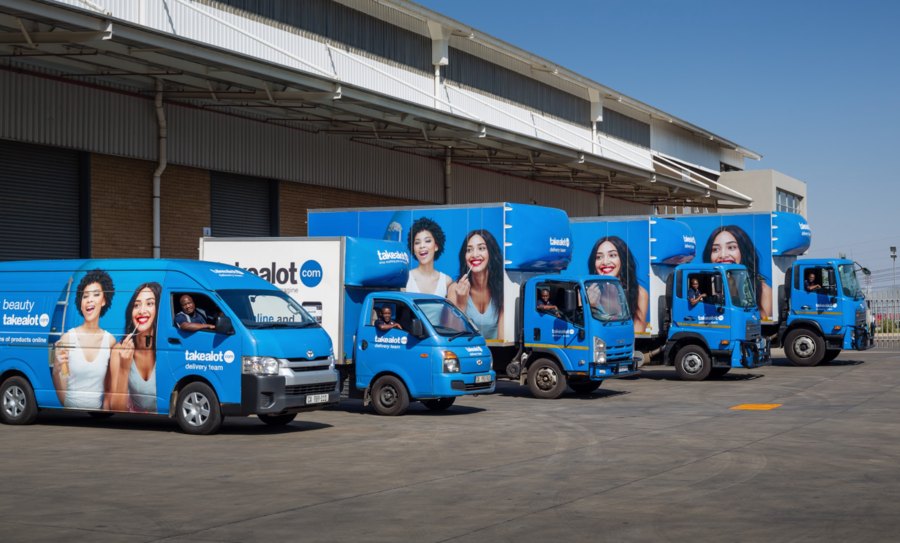Amazon is gearing up to offer South African sellers a broader array of warehousing and delivery options on its platform compared to its local counterpart, Takealot. What’s more, Amazon intends to introduce substantially lower monthly base fees for sellers. After months of widespread speculation, Amazon officially confirmed its plans to launch an online store in South Africa next year.
Rumors regarding the impending launch of the Amazon.co.za marketplace surfaced in January 2022, initially fueled by an industry insider’s tip to MyBroadband, stating that Amazon was in search of warehouse facilities. This was followed by Amazon securing local warehouse space for its fulfillment centers in 2023, along with advertising job openings for at least 30 full-time positions within this division. The initial launch date was scheduled for February 2023 but was postponed as Amazon focused on cost-cutting measures.
Amazon has now confirmed its imminent South African launch and has unveiled a public-facing portal that offers detailed information for businesses interested in selling their products on Amazon.co.za. This includes specifics on seller fees and available storage and shipping packages.
Since its inception in 1994, Amazon has grown to become the world’s largest e-commerce company, propelling its founder, Jeff Bezos, into one of the world’s wealthiest individuals. In South Africa, Amazon’s most formidable competitor will be Takealot, which is owned by Naspers and is the leading local online store. Amazon’s strong logistics network, capable of ensuring rapid and efficient delivery services, has industry experts speculating that it could challenge Takealot’s top position.
In response to Amazon’s announcement, Takealot expressed its belief to MyBroadband that competition is healthy for South Africa’s economy, the sector, and consumers.
A critical factor in Amazon’s success in the South African online marketplace will be its ability to attract merchants to its Seller program. Amazon.co.za’s Seller sign-up page outlines two merchant plans for South Africa: Individual and Professional.
The Individual plan is designed for sellers with lower sales volumes (fewer than 40 items sold monthly) and does not include advanced selling tools and programs. Amazon will charge a base fee of R10 per item sold, excluding additional selling fees. On the other hand, the Professional plan, aimed at sellers looking to ship over 40 items per month, is priced at R400 per month. As an early incentive for sellers to join the platform, Amazon will only charge R1 per month for the Professional plan until December 31, 2024.
In addition to the base subscription fees, Amazon Sellers are charged a referral fee based on a percentage of the product’s price, ranging from 6% to 15%, depending on the product category. The fee is always a minimum of R10 per sold product, excluding VAT. These fees apply regardless of the shipping option sellers choose.
Sellers have three options when it comes to storage and shipping: they can list products on Amazon, store them themselves, and handle shipping costs; use their own warehouse while having Amazon handle deliveries (Amazon Easy Ship), with a minimum charge of R20 per shipment, excluding VAT; or opt for the most comprehensive package, Fulfilment by Amazon (FBA), which includes product listings, Amazon warehouse storage, and delivery by Amazon. The fulfilment fee, covering logistics and delivery, starts at R27 per unit, excluding VAT, with unit prices increasing with weight. Monthly storage fees are determined by the daily average volume of space occupied in the warehouse, measured in cubic meters, with long-term storage fees applying to products stored in an Amazon warehouse for over 365 days.
Interestingly, Amazon’s regular R400 base monthly Selling fee for the Professional plan is identical to the amount charged by Takealot to its merchants. Takealot offers a single plan and does not allow sellers to use their own storage facilities or delivery companies. Therefore, it should be compared with Amazon’s FBA package, which encompasses all logistics. Takealot’s success fees, equivalent to Amazon’s referral fees, are also calculated based on a percentage of the selling price, varying within the same categories.
In terms of product categories, Takealot has divided its offerings into 30 categories, while Amazon uses 20. Takealot’s success fees can range from as low as 5% to a maximum of 18%, depending on the category. Both Amazon and Takealot provide calculators on their respective portals to help sellers determine the cost of shipping products within their seller programs based on weight and dimensions. However, at the time of publication, Amazon had not yet activated its FBA revenue calculator for the South African marketplace.
The table below offers a comparison of the prices of Amazon and Takealot’s seller fees, encompassing base fees, success/referral fees, and fulfillment costs.
The information contained in this post is for general information purposes only. The information is provided by Contrasting Seller Fees And Delivery Alternatives In South Africa: A Comparison Of Amazon And Takealot and while we endeavour to keep the information up to date and correct, we make no representations or warranties of any kind, express or implied, about the completeness, accuracy, reliability, suitability or availability with respect to the website or the information, products, services, or related graphics contained on the post for any purpose.


